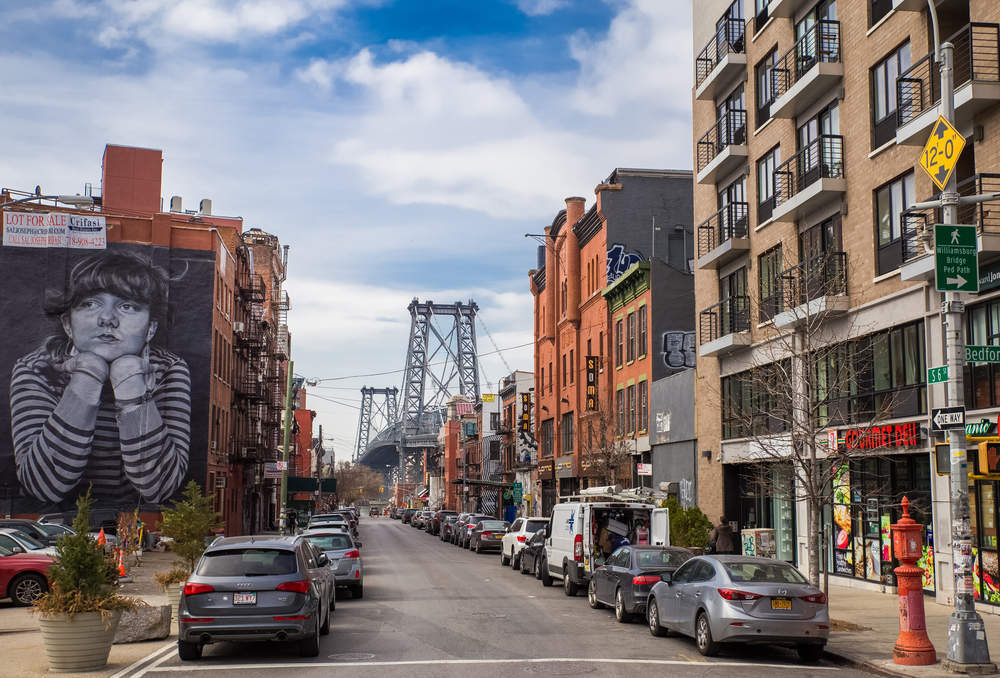Gentrification – the process of renovating and improving a house or district so that it conforms to middle-class taste – has been a long-discussed and heavily debated topic.
When we think of gentrification the first thought is often some the world’s largest and most well-known economic centres; typically London and New York but, it is a trend occurring in urban areas across the world, from Amsterdam to Johannesburg.
An increase in a city’s prosperity is often a good thing; incomes rise, living standards increase and crime falls.
But, gentrification comes at the cost of a city’s character and its people.
New York’s iconic diner, the classic American and urban working class hang-out, is now near extinction.
Thousands of these diners could once be found in New York City, now there are a mere 215 left as rising rents have forced the majority to close permanently.
How well do you really know your competitors?
Access the most comprehensive Company Profiles on the market, powered by GlobalData. Save hours of research. Gain competitive edge.

Thank you!
Your download email will arrive shortly
Not ready to buy yet? Download a free sample
We are confident about the unique quality of our Company Profiles. However, we want you to make the most beneficial decision for your business, so we offer a free sample that you can download by submitting the below form
By GlobalDataLikely replaced by a high rise of flats unaffordable to those who once chose to dine in the same location; office cleaners, taxi drivers, nurses and other low paid workers.
Diners have a storied history in Americana; similarly, traditional pubs personify British culture.
Yet, London has lost nearly 1,200 pubs over the last 15 years; the only borough to report an increase in the number of pubs during this time is Hackney, one of the most heavily gentrified parts of London.
These new pubs are unlikely to resemble London’s traditional ones, or cater for the city’s blue collar workers. Instead, most of London has seen a rise in niche coffee shops, trendy restaurants and luxury flats.
The property market in the British capital continues to boom as London remains a widely attractive city and many of the properties are bought by overseas investors.
The Evening Standard newspaper recently labelled some parts of London as lights-out districts as the flats in the area are bought as investments but not lived in, consequently “wrecking the townscape and destroying London’s character as a city of lively streets”.
Gentrification may be seen as a natural and healthy consequence of globalisation and urbanisation.
However as ever more ordinary people are pushed out of their city due to rising living costs, some of the worlds most loved cities may no longer be home to the average worker and lose the character which made them so attractive in the first place.
As ordinary working people get pushed out further and select areas become increasingly affluent there is likely to be increased urban segregation in cities where gentrification is occurring.
City centres and other gentrified areas will become increasingly elitist while the suburbs house an ever-rising number of the working class.






